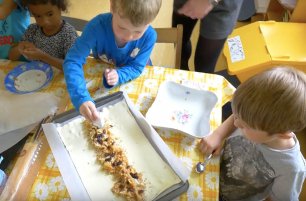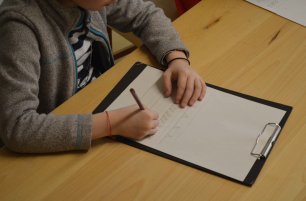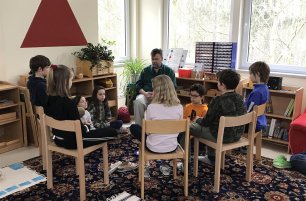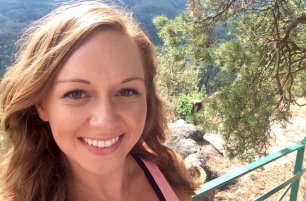Mones
Sorry, this article is only in Czech.

Food Preparation activities are very popular in a Montessori classroom. Not only do children enjoy eating food they’ve prepared themselves, but they learn skills throughout the process.
Read more
It can be an exciting time when your child begins to read and write their first words. They are at the dawn of an exhilarating literacy journey that will open their eyes to a world of books, knowledge, and wonder!
Read more
If you visit the Upper Elementary at IMSP on any school day in the late morning, you would hear a gentle bell ring at around 11:20. The students clean-up, and by 11:30, they gather on the classroom carpet and light a candle. A teacher sets a timer. At the sound of a bell, they begin their 5-minute awareness/mindfulness practice.
Read more
Lindsey is originally from Texas, where she completed her Bachelor’s Degree in Women’s Studies at Southwestern University. She discovered her passion for working with children while teaching English as a Second Language in Costa Rica. After that she started working as an assistant in a Montessori school in the US. Her dream was to move to Europe to continue teaching and after 3 years of hard work her dream came true. Since that time, Lindsey has completed her Montessori training and is now leading up the Toddler classrooms at IMSP as Senior Teacher.
Read more
A picture is the first content of a book that a child can „read“. Thanks to pictures, a child can understand a story without knowing how to read, interpreting the main figures/animals, the environment, and the situations from the visuals. From illustrated facial expressions and body language the child can also tell emotions. Enjoying a good book raises a love and passion that is necessary for prereading skills.
Read more